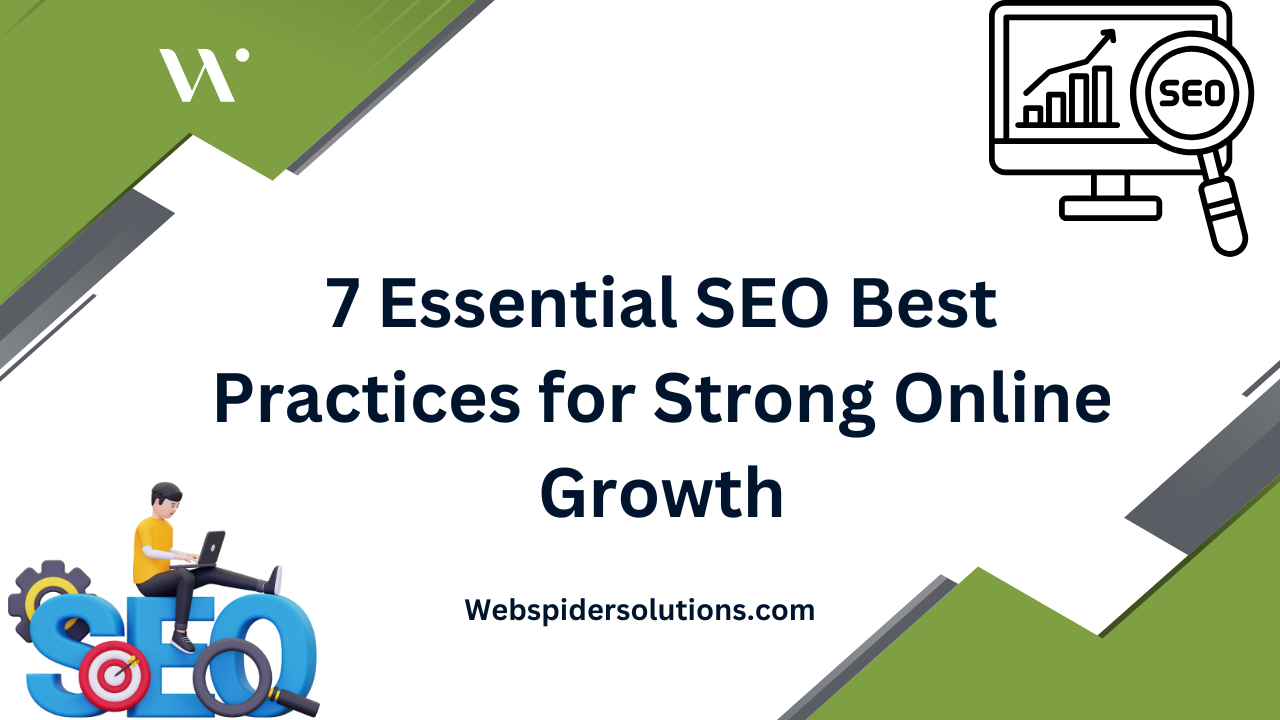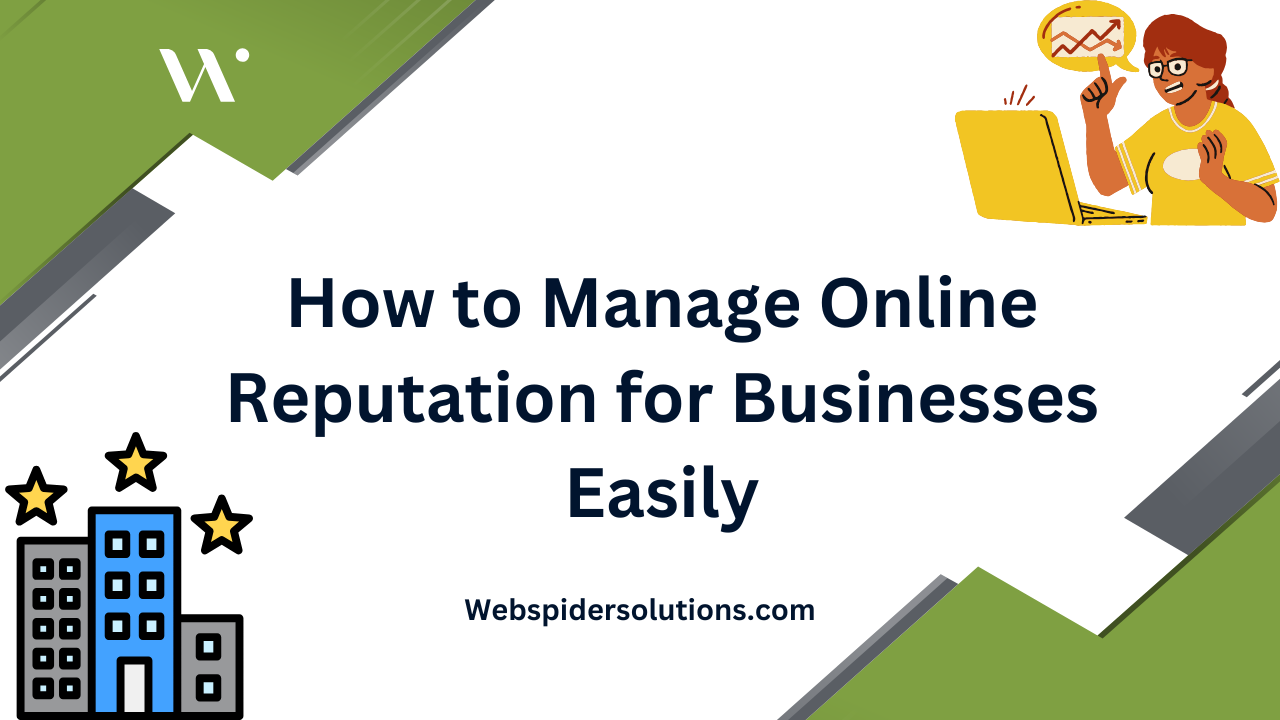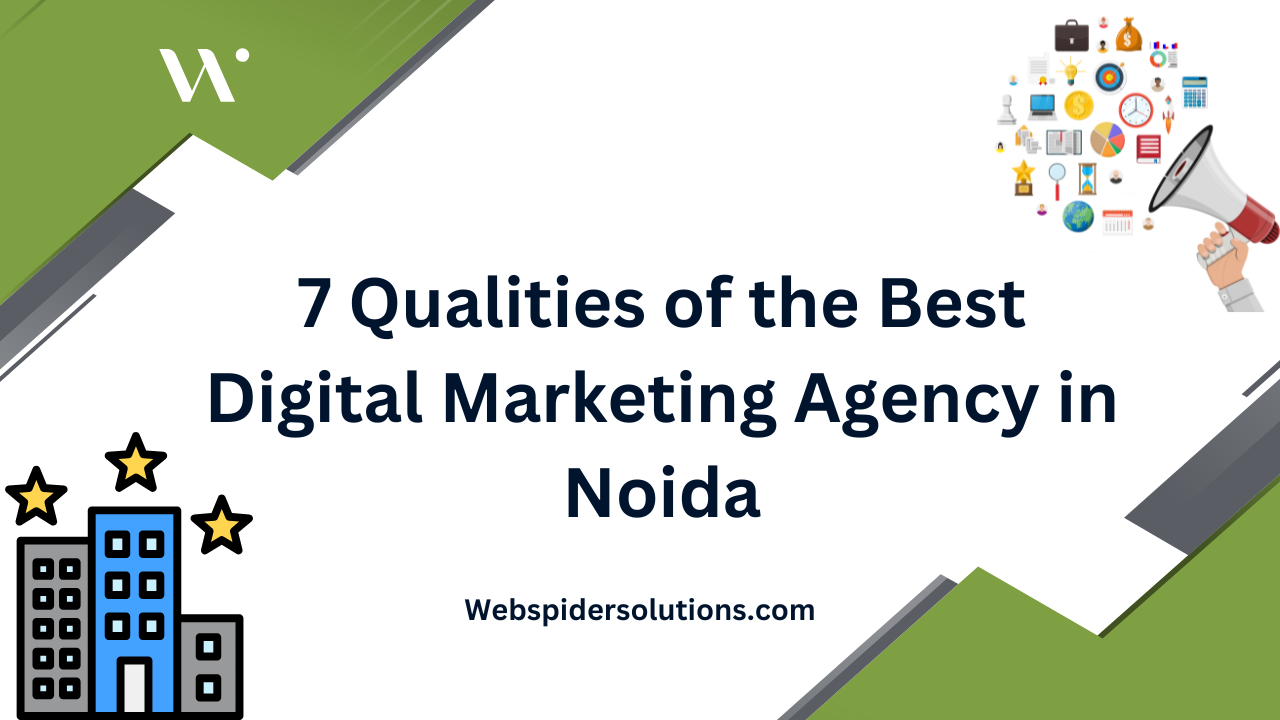The catch? Optimization takes work. But if you do it right, the payoff is worth every second. Whether you’re running ads or relying on free listings, this blog will walk you through practical ways to improve your Google Shopping performance and outrank the competition.
First, What Is Google Shopping?
Google Shopping is a product-based search experience that displays your listings directly within Google’s results. It comes in two flavors: paid ads and free organic listings.
Both are managed through the Google Merchant Center, which is where you upload product data, configure policies, and track listing performance. To run ads, you’ll also need a Google Ads account. But the optimization strategies we cover here will boost results for both free listings and paid campaigns.

1. Always Include the GTIN
Provide it, when you have a GTIN (Global Trade Item Number) on your product. It is a minor thing that may result in a 40 percent growth in clicks and a 20 percent conversion boost. Communicating with Google via GTINs enables Google to know more about what you are selling and this translates to increased visibility of your products.
If your product does not have a GTIN you are also allowed to use an MPN (Manufacturer Part Number) and your brand name. Just ensure that you provide one of the following three identifiers (ironically in the given preference, though it would be sufficient to provide at least two out of the three): GTIN, MPN or brand.
2. Structure Product Titles the Way People Search
The title of your product is one of the most vital items in your feed. It does not only make Google able to pair your product with the most appropriate search keywords, but it also persuades people to click.
Do not use clever or abstract titles but a formula that reflects the customer search:
Brand + Type of product + Major attributes
For example:
“Adidas Running Shoes – Men’s, Size 10, Blue”
This framework is applicable across industries and assists you to come up with more relevant searches. Remember to use the keywords, according to your SEO research, the best ones are easy to find with such tools as Ahrefs or Semrush.
3. Add Rich Product Data for Free Listings
The listing on Google is free but they have to include more information on their product as compared to paid ads. That is a good thing though. The greater your details, the more chances you have of appearing in enriched search features- such as product snippets, knowledge panel, and image tags.
Key fields to include:
- ID
- Title
- Link
- Price
- Description
- Availability
- Brand
- GTIN or MPN
- Color, size, gender (if applicable)
- Delivery details
- Return policy
Completing these fields gives your listing a better shot at enhanced placements and increases the chances of being discovered organically.
4. Use High-Quality Product Images
Customers cannot feel your product and as such, your images have to sell. The impression of trust, the message of value, and a boost in the click-through rates can be achieved with the aid of a well-designed, clear, high-resolution picture.
Google recommends the minimum size of the images it refers to and this minimum is 800×800 pixels. Use the background of the white color (or transparent one), draw only the product you sell (there should be no other objects), do not show any texts, watermark, and advertising banners.
You have to present the pictures in a professional manner and that is what you desire your brand to look like.
5. Never Use Images for Promotions
This one’s simple: don’t add “SALE” badges, discount text, or banners to your product images. Google may disapprove of your listing, and shoppers may view it as spammy.
If you have a promotion, use the designated promotion fields in Google Merchant Center instead. It keeps your listings compliant and helps shoppers find your deals through proper search filters.
6. Start Your Product Descriptions with Impact
The first 500 characters of product description are crawled by Google. Put them into count. Mention the key features and advantages at the beginning, and include words that can easily describe what the product is and why it is valuable.
Focus on the key words, solve possible doubts, and demonstrate your unique selling points (USPs). This is an opportunity to inform and sell your buyer- do not waste the opportunity on meaningless material.
7. Add Customer Reviews
Conversions are generated by social proof. Industry research reveals that 95 percent of online buyers read before buying a product. Adding customer feedback to your actual Google Shopping adverts can greatly increase trust- and sales.
When your product is well scored, it can even rank above products with lower ratings in the search. You just have to make sure the reviews are genuine and not underhand (Google is very strict in this regard).
Pro tip: Need to have an advantage? Check out reviews of other products and find out what people adore (or despise) about them, and apply this to your own, and enhance your listing.
Monitor and Analyze Performance
Google Shopping optimization isn’t “set and forget.” You’ll need to continuously analyze your data and refine your strategy.
Track key metrics like:
- Impressions
- Click-through rate (CTR)
- Conversion rate
- Return on ad spend (ROAS)
Utilize the tools such as Google Analytics or Google Merchant Center to track success. At Web Spider Solutions we assist clients in the creation of dashboards as well as A/B testing to ensure their listings keep on getting corrected as they go on.
Let Web Spider Solutions Help You Win on Google Shopping
Optimizing your Google Shopping feed manually can be overwhelming, especially if you manage a large catalog. That’s where feed management or Product Information Management (PIM) software comes in. At Web Spider Solutions, we offer smart automation tools and expert strategy that make Google Shopping optimization much simpler.
Our PIM solutions help with:
- Product image management
- AI-generated product descriptions
- Bulk editing and smart attributes
- Direct distribution to Google Merchant Center
No matter what you sell, clothes, tech, vitamins or something altogether different, we can make your job of uploading your products quick and simple and get you maximum exposure.
Final Thoughts
In order to perform better in Google Shopping, it is not just about increasing the cost of advertising. It has less to do with working smarter around the listings that you already have.
With optimized titles and rich product attributes, clean images, and a collection of reviews, you can maximize conversions without having to do any additional spending.
Stores always beat brands that never take the time to refine their listings and just set it and forget it.
Want expert help getting your product feed in shape?
Reach out to Web Spider Solutions—we’ll help you turn browsers into buyers.











